 For CJ Cook, attending college was never part of the plan. Entering the foster care system at age nine and coming from a family with no history of higher education, he didn’t see college as a possibility. His junior year of high school was disrupted by the challenges of the Covid pandemic, and two weeks before his graduation, his father passed away. But when Sierra College’s football coach recruited him to play for the college, CJ decided to give it a shot. The real game changer, however, was learning about the financial aid available to former foster youth. With access to extensive federal and state support, CJ was able to complete his two years at Sierra College, transfer to Sacramento State, and on December 14, graduate with a bachelor’s degree in psychology—completely debt-free.
For CJ Cook, attending college was never part of the plan. Entering the foster care system at age nine and coming from a family with no history of higher education, he didn’t see college as a possibility. His junior year of high school was disrupted by the challenges of the Covid pandemic, and two weeks before his graduation, his father passed away. But when Sierra College’s football coach recruited him to play for the college, CJ decided to give it a shot. The real game changer, however, was learning about the financial aid available to former foster youth. With access to extensive federal and state support, CJ was able to complete his two years at Sierra College, transfer to Sacramento State, and on December 14, graduate with a bachelor’s degree in psychology—completely debt-free.
Access to financial aid plays a vital role in helping foster youth and youth who have experienced homelessness to succeed in college. Students who apply for financial aid either through the Free Application for Federal Student Aid (FAFSA) or California Dream Act Application (CADAA) are significantly more likely to enroll in college. Research has also found a direct link between foster youth receiving more financial aid and an increased likelihood of staying enrolled through to graduation.
In late November, the U.S. Department of Education released the new FAFSA for students planning to attend college during the 2025/2026 academic year. While the release came nearly two months later than the typical October 1 date, the process has shown significant signs of improvement compared to last year’s challenges.
The previous year’s FAFSA was the first to be released following a major overhaul meant to simplify the form, but the roll out could only be described as disastrous. This year, however, most of the challenges experienced by students last year appear to have been resolved, and while the form was released almost two months after the usual October 1 release date, it seems the promise of a simpler, more accessible FAFSA is finally being realized. “I’m feeling optimistic that we will see FAFSA/CADAA application submission rates increase this year” JBAY Director of Education Jessica Petrass shared. “We’re doing everything we can to provide the tools and strategies needed to ensure that foster and homeless youth have access to every dollar out there for them.”
To ensure that youth with experience in foster care or with homelessness have what they need to maximize their financial aid, JBAY has produced a wide range of resources for students and adult supporters. These include a comprehensive financial aid guide, step-by-step instructions complete with detailed screen shots, and a toolkit for high school counselors. Additionally, JBAY hosted a webinar, to walk participants through the process, drawing close to 600 live attendees. For those who missed it, the webinar is available for viewing on the JBAY website.
Access to financial aid can be life changing for foster youth striving to achieve their dreams of higher education. By providing these tools and resources, JBAY is helping foster youth like CJ transform barriers into bridges, ensuring that financial aid is not just a possibility but a powerful foundation for success.
